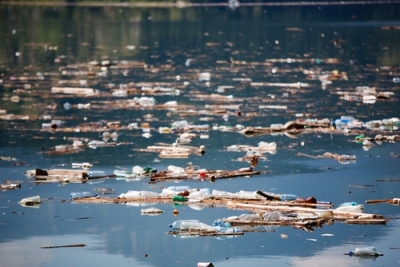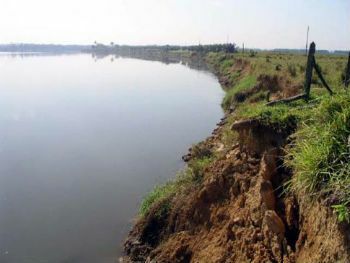When we imagine a lake, we always think of its blue water; however, this is not what happens in the Hillier lake in Australia. This lake, when viewed from above, resembles a large bubble gum lake. That's right, he is completely pink.
Located at Middle Island, an island of Recherche archipelago, in western Australia, the lake is approximately 600 meters wide and is surrounded by beautiful and lush vegetation. Virtually untouched and quite isolated, Lake Hillier is a source of mystery to many researchers.
THE The pink color of the waters has not been definitively explained.. The most accepted hypothesis is that it is rich in some seaweed and bacteria that live in salt crusts found there. These algae and bacteria would be responsible for the production of carotenoid pigments, thus making the place incredibly beautiful. An interesting feature is that even when you pour water into a glass, for example, the pink color is still present.
It is noteworthy that in Australia, in addition to Lake Hillier, four other lakes have this coloration. O
Hutt lake, for example, has a similar color to Hillier, thanks to the algae and bacteria that produce this pigmentation. Another lake found in the country is the pink lake, which has a color that varies according to the concentration of Dunaliella saline, a salt-tolerant algae that gives the area a pinkish color.Do not stop now... There's more after the advertising ;)
Outside Australia, we also find pink lakes.. In Senegal, a lake known as Retba lake it also stands out for being pink. In this lake, the color is also due to the presence of algae adapted to the high salinity of the water that produce pigmentation. Salt, in addition to promoting the emergence of algae, is still used by the local population.
It is important to know that the color of these lakes is not about pollution. Therefore, they pose no health risks to the population, with the exception of the high salinity found in some.
ATTENTION: You should not enter lakes, rivers and seas that have strange coloring. Sometimes this coloration is a result of the accumulation of algae that produce toxic substances.
By Ma. Vanessa dos Santos
Would you like to reference this text in a school or academic work? Look:
SANTOS, Vanessa Sardinha dos. "Lake Hillier"; Brazil School. Available in: https://brasilescola.uol.com.br/biologia/lago-hillier.htm. Accessed on June 28, 2021.
Chemistry

Water pollution, physical aspects of water, chemical aspects of water, biological aspects of water, industrial waste, heavy metals, drinking water, organic matter, water turbidity, sewage.


